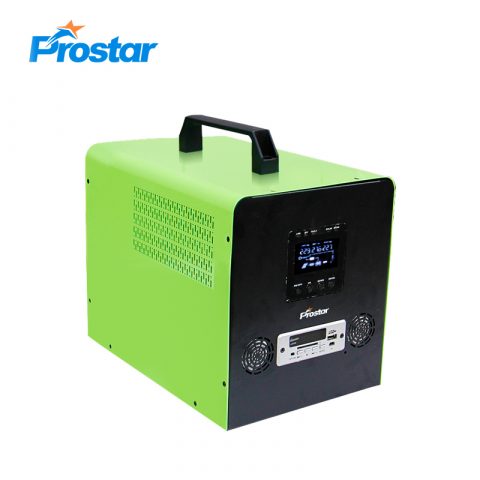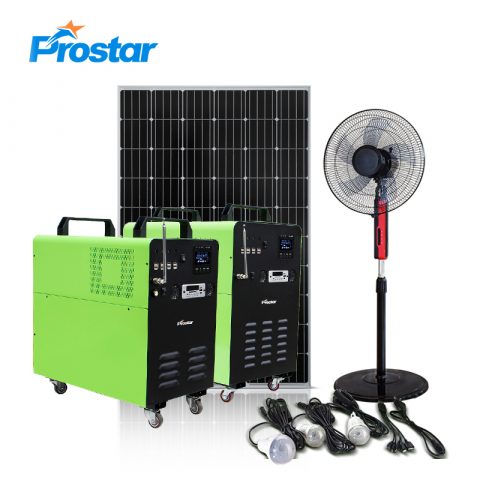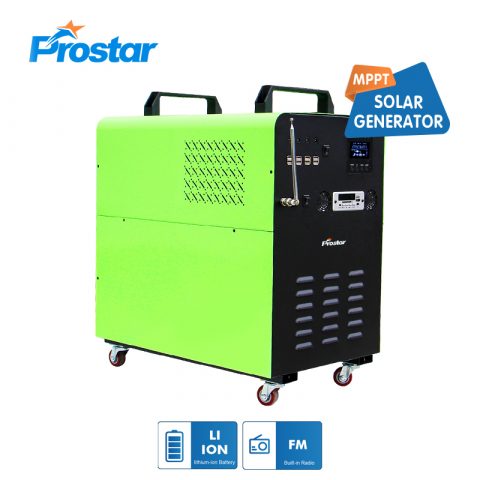How solar battery backup systems work
by Orson Z. Overseas Trade ManagerThe on-grid and off-grid solar battery backup systems are ideal for home battery storage, solar battery backup and solar energy storage. Some battery storage systems are designed to use your existing grid-tied solar system as an inverter/charger battery backup system during emergency power outages with auto generator assist available.
Creating your own electricity from the sun is a powerfully rewarding experience. There’s a lot of peace of mind in being able to kick back on a weekend afternoon, glance up at your solar panels, and take comfort in knowing your cocktail blender isn’t costing you a dime to use in the middle of the day.
But, what about at night, when the sun isn’t shining? Unless you have energy storage, you’re going to be pulling electricity from the grid or simply not using any.
Solar battery backup systems can additionally provide backup power to critical home loads during blackouts. When paired with solar panel systems, solar battery storage solutions allow you to reap the benefits of renewable energy and apply them to your home needs during power outages.
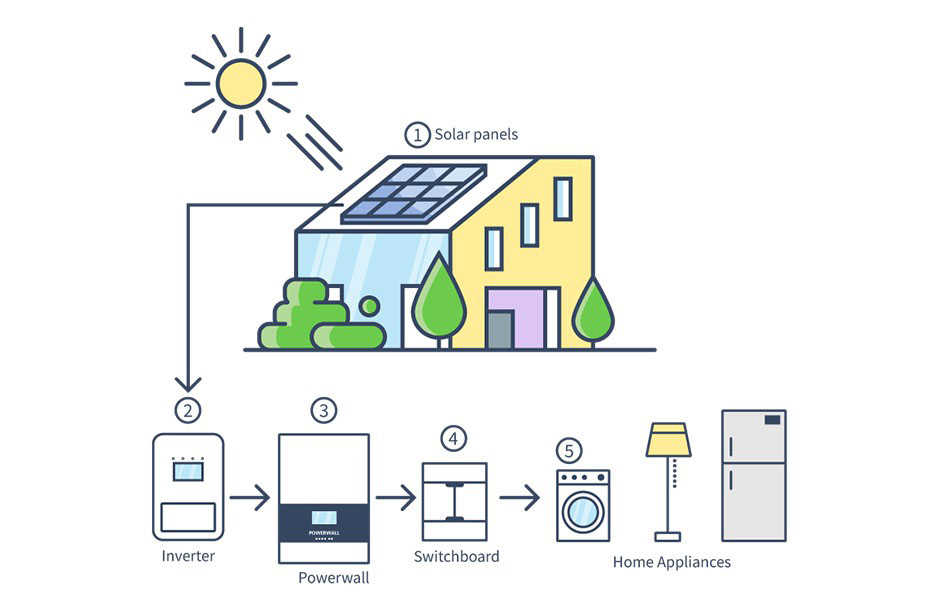
In this article, we show you how a solar battery works over the course of a typical day. We also provide an overview of the equipment needed for a solar battery backup system to work and discuss differences between grid connected and off-grid systems.
Along the way, we explain how you can save even more with battery storage if your utility is on a time-of-use (TOU) rate plan. Let’s get to it!
Charging and discharging your battery over the course of a typical day
In the following examples, we’ll show you how the typical solar battery backup systems work over the course of the day.
In short, a solar-plus-storage system keeps the excess solar energy generated during the middle of the day by your PV system onsite, in order to be applied for later use in your home.
Morning
In the early morning hours, you aren’t generating solar electricity because the sun isn’t up yet.
Depending on the size of your battery and home usage, you might be drawing electricity from the grid and battery at the same time. If you live in an area with lower-cost off-peak electric rates, you can program your solar battery to charge during this time as a way to save money.
Typically, energy usage increases as the hours go by in the morning: Showers are taken, toasters are used, and hair gets dried. Since the sun is still low in the sky, you aren’t going to be generating much electricity from your solar panels. The shortfall can be met with grid power.
Mid-day
The middle of the day is when your solar panels are earning their keep. Solar output is high, and home electricity usage is usually much lower as people tend to be out of their homes .
During this time of day, your home solar battery can get all nice and charged up for use in the evening. You can also avoid sending your money to the utility company as power usually gets more expensive from the middle of the day onward in time-of-use billing plans.
Evening

As the sun starts to drift closer to the horizon in the evening, your solar production drops off. This is just at the same time that home electricity usage starts to surge.
If your utility is on a time-of-use (TOU) billing structure, your prices paid for electricity will be highest during this time.
Having a battery backup system is so helpful here, since the solar power that you saved up at midday in your battery can be used in your home now to meet your higher evening demand. This can save you a lot of money by using your own battery power, instead of paying for expensive grid electricity.
Night
Unless you’re a night owl, your energy needs will drop at this time. Depending on the size of your battery and usage patterns, you’ll either use power from the grid, your battery, or a combination of both sources.
If your electric rates are really low in the middle of the night, you can set your battery to charge now and have your home’s usage accounted for by battery power in the morning.
Overview of needed equipment for home battery storage
For your home battery backup system to work, you’re going to need a few extra components.
They include:
- A charge controller
- The battery bank itself
- A hybrid inverter (also called a two-way battery inverter)
Some hybrid inverters house a charge controller inside of the unit.
Your solar panels create direct current electricity (DC). This is a different flavor of electricity that your home appliances use. They use alternating current (AC), and an inverter is needed to translate DC to AC, or vice versa.
In a home battery backup system, the first place DC electricity from your solar panels is going to go is to a special little gadget called a charge controller. The charge controller figures out how much electricity should go to your battery.
If your solar panels create too much electricity for your battery to handle, the charge controller will route the extra energy along to your inverter instead. That’s a good thing, because you can shorten the lifespan of your battery by overcharging it.
Hybrid inverters have an integrated charge controller. A hybrid inverter is smart enough to recognize when to pull electricity from your battery if it detects a power drop from the grid. It also knows when to pull electricity from your utility to charge your battery if it isn’t full, and the sun isn’t doing a good job creating electricity through your panels.
The hybrid inverter can either route power to your battery based on its programming for time-of-day conditions, or over to your main circuit panel.
When the grid is down, some models can pass power from your panels to your battery, which can be connected to a critical load’s circuit panel. This way, you can still power needed outlets in your home when the power is out.
Grid connected vs off-grid solar battery backup systems
There are some differences to account for if you’re looking to roll out a solar battery backup systems off-the-grid, as compared to being connected to the grid.
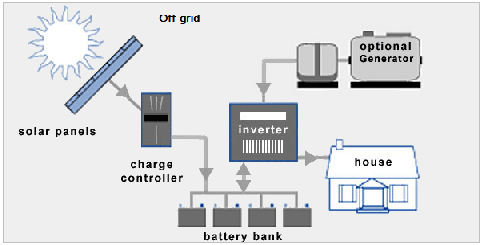
Well-designed off-grid systems should be able to store enough electricity for two to three days without much sun, during the coldest times of the year.
As such, you’ll need a much larger battery capacity, and more solar panels to charge them up. This makes off-grid battery backup systems much more expensive than grid-connected solar systems.
Unless you’re in a very remote area and having the ability to use stored energy is worth it to you, the added cost of battery backup can be prohibitive.
Final thoughts about solar battery backup systems
If you’re looking for even more energy independence and resilience for when the grid goes down, solar battery backup systems provide an elegant solution. Solar energy systems coupled with batteries are a match made in heaven.
These powerful systems can intelligently switch between using solar power, battery storage, and grid power. Solar batteries allow you to avoid using grid power at peak price times, which can lead to big power bill savings.
RELATED PRODUCTS
See Also
- What’s the difference between 60 cell and 72 cell solar panels?
- Top 10 solar energy benefits
- Differences monocrystalline vs polycrystalline solar panels
- 10 tips on how to choose solar panels company
- Hybrid Solar Systems
- Off-Grid Solar Systems
Sponsor Ads
Created on Oct 18th 2020 19:48. Viewed 354 times.


